You either love or hate fishing, there’s no in-between. You can spend hours upon hours in the water, waiting to catch the next big game, or you yawn at the very thought of it. Fishing enthusiasts are a very diverse bunch. Every single one of them has their favorite pieces of angling gear, based on the type of fishing they enjoy doing, their skill level and personal preference. Some prefer fly fishing in a mountain stream, while others are into bait-casting. The choice of fishing gear depends on a few different factors: the type of fish you are after, the type of water you’re fishing in, and your fishing style. Obviously, you will need slightly different gear when you fish in offshore waters from a vessel as compared to shore-based settings. Either way, the essential pieces of fishing equipment are more or less the same for everyone.
Fishing Essentials
Fishing Line
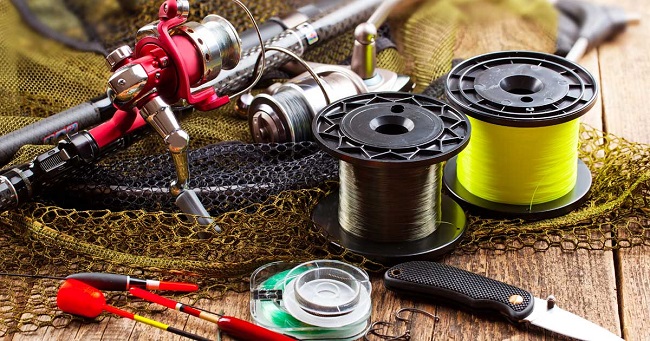
The fishing line is one of the most basic pieces of fishing equipment. It’s used in almost every fishing style there is, besides spearfishing. The most basic type of fishing is done with a fishing line and hook. So when you start to compile your own angling gear you’re going to buy fishing line as one of the first items.
There are two popular types of fishing lines – monofilament and fluorocarbon. The former floats in the water, while the latter sinks. They are built from similar materials, with fluorocarbon being denser and heavier. This in turn contributes to differing properties in terms of durability, stretch and visibility. So which one is better for you – monofilament or fluorocarbon? Fluorocarbon is popular because it boasts low visibility, it’s sensitive to movement and has a thin diameter. A monofilament fishing line has a large diameter, and it can stretch. Your ideal choice of line, as aforementioned, will come down to the type of fishing you want to do.
Monofilament fishing line is perfect for crankbaits and jig fishing, fluorocarbon is good for longlining and trolling. And you can even go with a completely different type of line called braid or super line, both of which are great for spinning reels. Take all this into consideration when you buy a fishing line. Ask the local anglers if you’re completely new to the hobby, and as long as they are willing to share, you are off to a good start. Alternatively, you can also consult the staff at your local or online fishing shop.
Fishing Rod
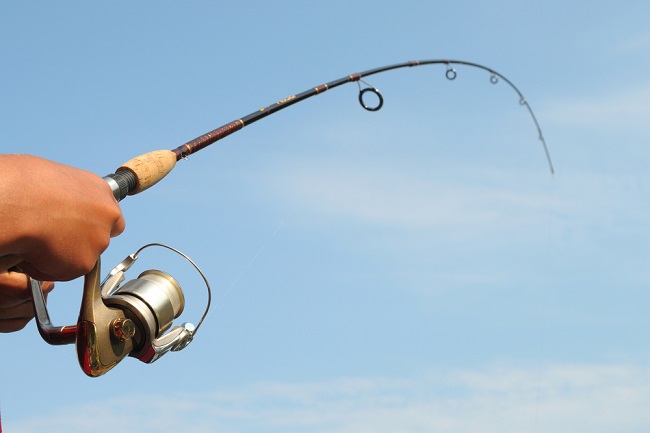
Sticks have been used from time immemorial to manage the fishing line. These days, however, you can find advanced fishing rods made from tough materials like carbon fiber or fiberglass. They are built to provide the best possible support for the style of fishing you intend on doing. So, you can find casting, trolling, or spinning rods as well as fly rods and offshore rods. Whatever your preference, you will be tweaking their components to some extent, especially the line guides and the reel seat. In terms of ergonomics, the grip handles play an important part. Spinning rods are one of the most versatile pieces, but if you’re going to do a specific type of fishing exclusively, you can go for a purpose-built rod (like ultra-light for fly fishing).
Spinning Reel
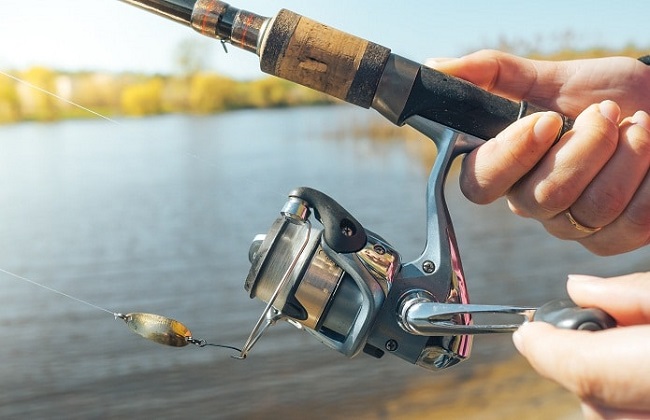
A lot of thought goes into the design of spinning reels. Fixed spool reels, for instance, are designed to prevent your line from entangling. However, this can still happen if you don’t use swivels. Advanced models can be rotated backward which can come in handy when trying to control and catch a large fish. These are the two entry-level reels, but as your fishing skills progress you can certainly give bait-cast or overhead reels a go.
Fishing Tackle
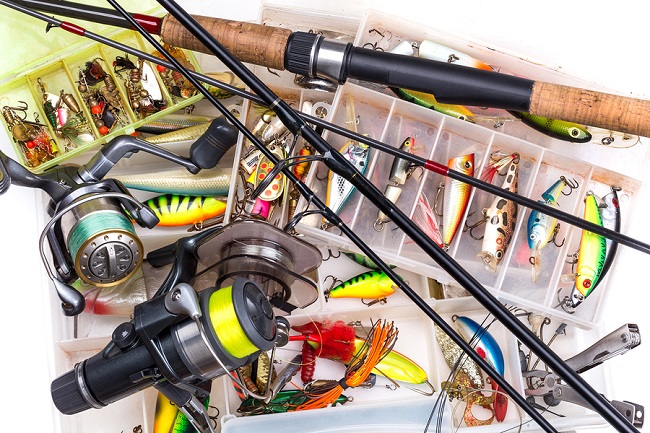
Your tackle is ever-changing can always replace or upgrade it. It can consist of lures, hooks and terminal tackle rigs with a ‘foolproof’ status. In time, you can become a real expert on catching certain species, especially if you stick to the same venue. A high-quality fishing tackle will enable you to perfect your fishing method and to modify your rig for success. You can start with the most prominent fishing rigs and when you are more experienced you can do your own modifications to your fishing setup.
Spearfishing
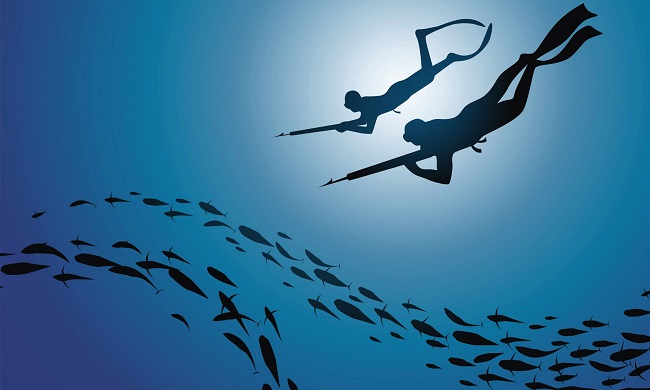
Spearfishing is one of the only methods that doesn’t require the aforementioned fishing equipment, and it doesn’t require a fishing vessel. Spearfishing is generally performed in shallow waters, or you can dive into the ocean if you’re an experienced diver and give it a go. It’s one of the most difficult types of fishing, but it’s fun and it can be very rewarding. A lot of patience is needed to get your first fish using this method. Not to mention the natural proclivity for diving and underwater acuity.
Fishing From a Vessel
Equip the Stern of Your Sailboat
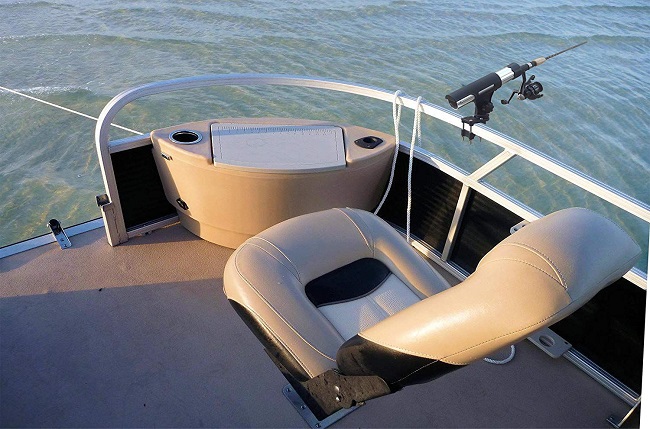
Fitting your boat with rod holders can make boat fishing much easier. Rolling on the waves can be quite tacky for everyone on board and holding a rod in your hands can be physically and mentally exhausting. Especially on a shorthanded fishing vessel. Installing heavy-duty fishing boat rod holders will make your day sail a real joy. Go for a marine-grade stainless steel unit that can fit into narrow gunwales or within tight spaces. If you have ample space you can also get a hardtop rocket launcher with many fishing boat rod holders.
This kind of blue water fishing is more typical for sailboats. Powerboats generate a lot of noise and this might scare off your prey. Fish are curious and will like to check out the white blip your hull makes when contrasted to the rest of the underwater environment. Because of all this, fishing in the wake of your sailboat is perfect.
























